New EV Battery Aims to Last Shocking Amount of Miles for Less Money originally appeared on Autoblog.
Longevity advantages of the new Naxtra battery
The world’s largest battery company, CATL, has designed its new electric vehicle (EV) battery made from salt to last up to 3.6 million miles. This product, officially named Naxtra, is the world’s first mass-produced sodium-ion battery. The battery was initially announced in April, but information about its range has started to emerge.
CATL’s Naxtra costs just 10% of a lithium-ion unit’s price, and its design, lending itself to slow deterioration, may help retain 85% of its charging capacity after 3.6 million miles. Sodium-ion batteries are viewed as a viable replacement for lithium-ion batteries, given salt’s prevalence and leaving clean drinking water after mining salt water. However, earlier attempts at leveraging the design fell short, as they only offered half the power of a lithium-ion battery’s 185 Wh of energy for every kilogram of weight. CATL’s battery incorporates some lithium-ion cells to create a combined system that balances the two chemistries and operates more effectively in extreme temperatures. In turn, Naxtra is expected to exceed 10,000 cycles before degrading.
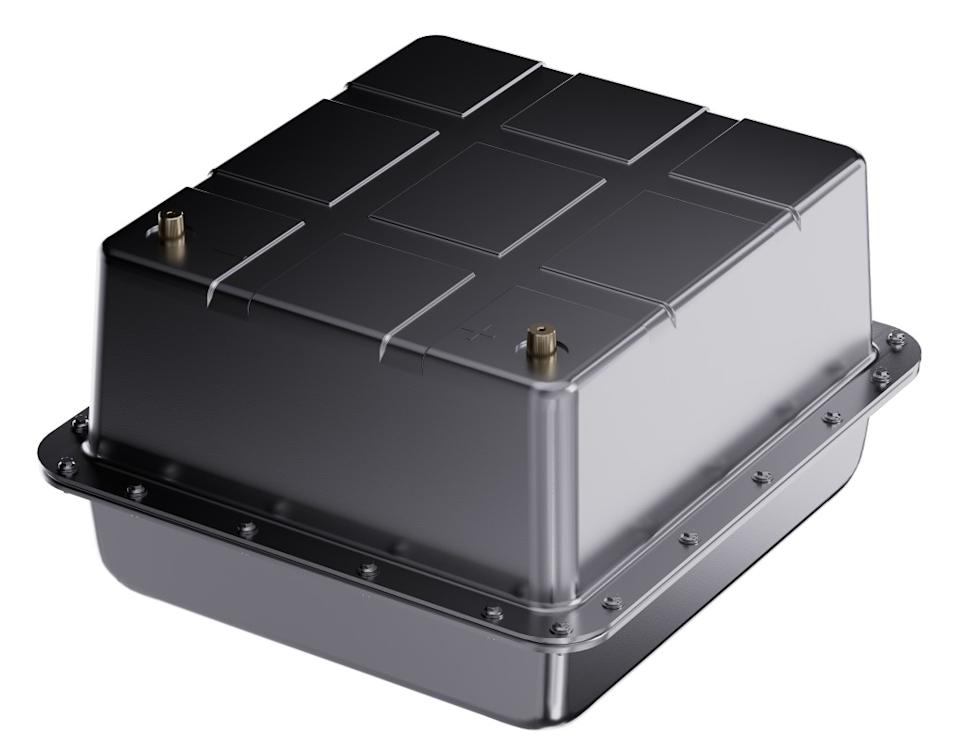
Batteries lasting more charge cycles could also help decrease fire risks associated with battery electric vehicles (BEVs), as degraded batteries getting charged to 100% have a higher likelihood of experiencing thermal issues. In an interview with Autoblog, transportation risk mitigation expert William S. Lerner noted, “Once you get into a plug-in hybrid, what you’re doing is you’re adding an electrical current from the charger to the vehicle. There’s roughly a 20-30% chance that something is going to happen when the vehicle is plugged in either on the charger or the vehicle end. When you start charging the vehicles, people don’t obey the charge to 80% rule, and the problem then becomes that the batteries are depreciating assets. Just like your mobile phone, it will last 600-2000 cycles, but after that, it starts degrading, and when it starts degrading, the average tendency is to top it off even more to keep it at 100%.”
A closer look at what Naxtra’s price means for EV buyers
Price is a significant factor defining the CATL Naxtra battery’s appeal. The cost of lithium-ion batteries is $100/kWh, and it took years of refining to reach this price. In contrast, the Naxtra battery costs $10/kWh, and the average battery capacity in 2025 is 70 kWh. For example, a Tesla Model Y Long Range or Model Y Performance comes with a 75.00 kWh battery. Naxtra achieves an energy density of 175 Wh/kg, just behind the 185 Wh/kg of average EV lithium-iron-phosphate batteries.
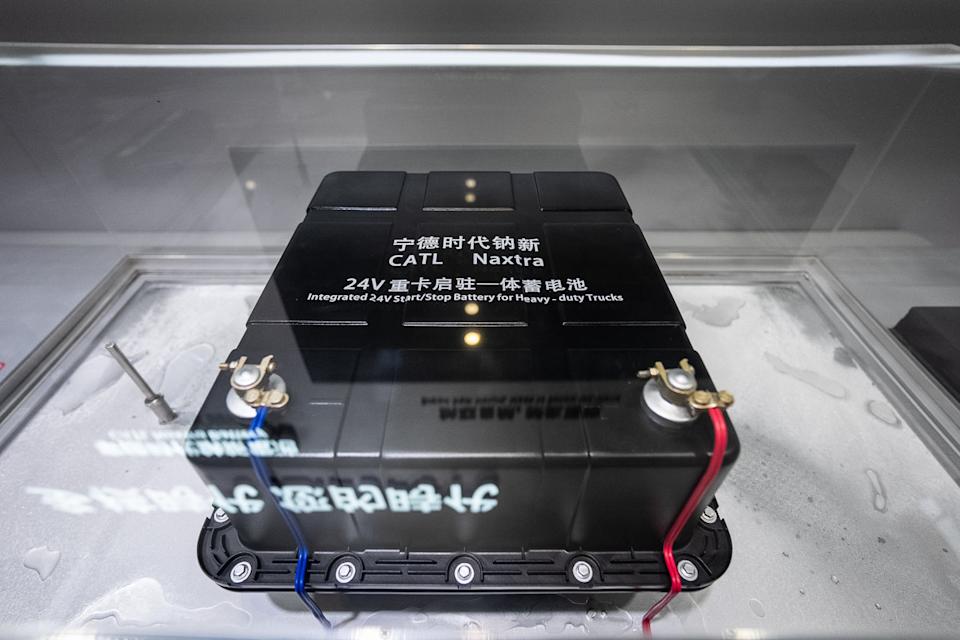
Final thoughts
Naxtra is currently being developed for six major Chinese automakers’ 2026 models. Sales of Chinese EVs have significantly increased in recent years, and combining these lower initial costs with a battery that could last up to 3.6 million miles or over 10,000 cycles could be revolutionary. By comparison, Tesla’s lithium iron phosphate batteries typically last 3,000 to 4,000 charge cycles before capacity degrades below the 70-80% threshold.
New EV Battery Aims to Last Shocking Amount of Miles for Less Money first appeared on Autoblog on Aug 15, 2025
This story was originally reported by Autoblog on Aug 15, 2025, where it first appeared.

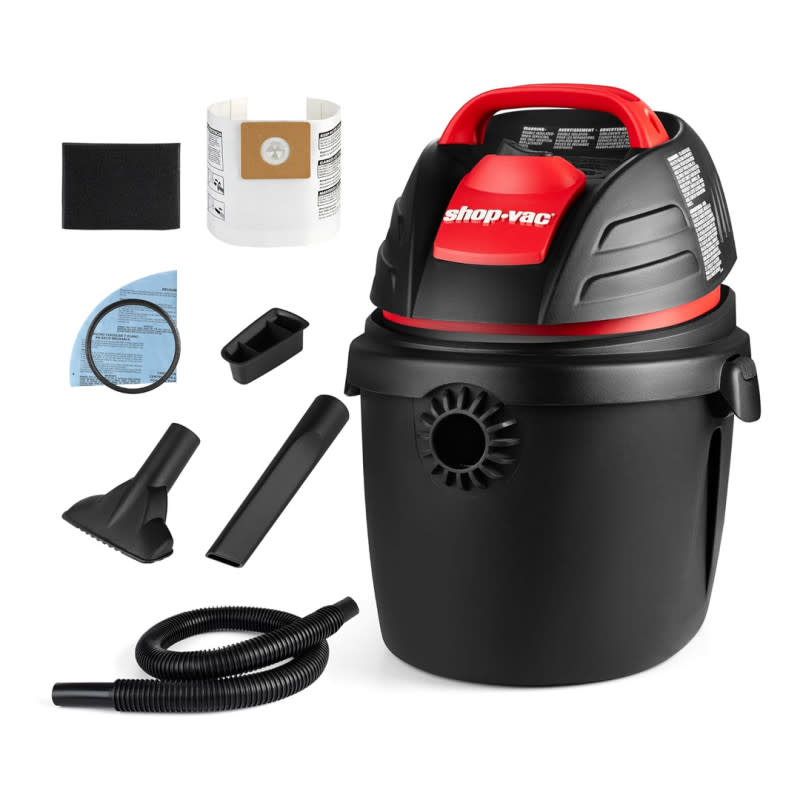


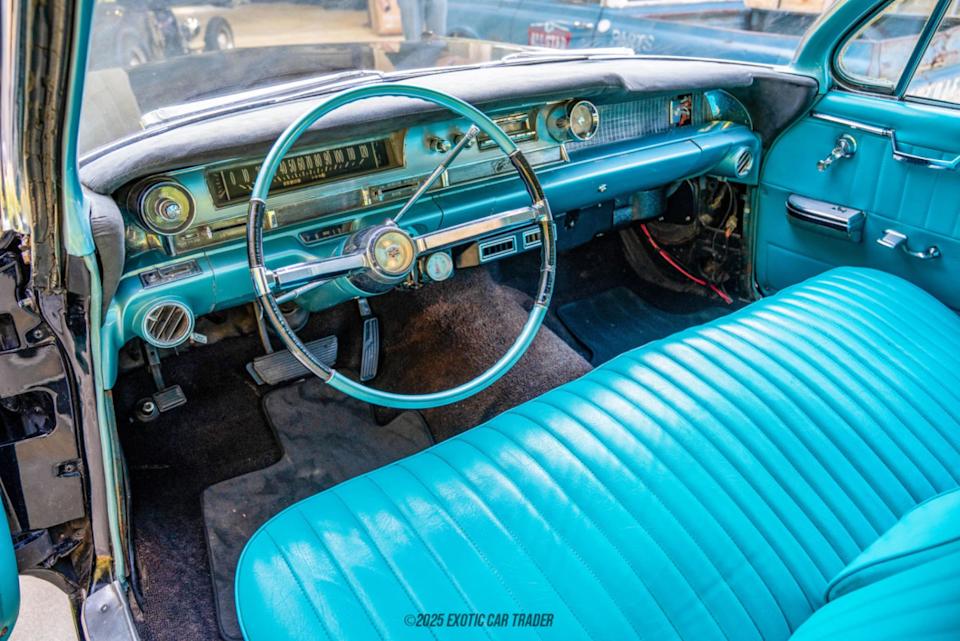
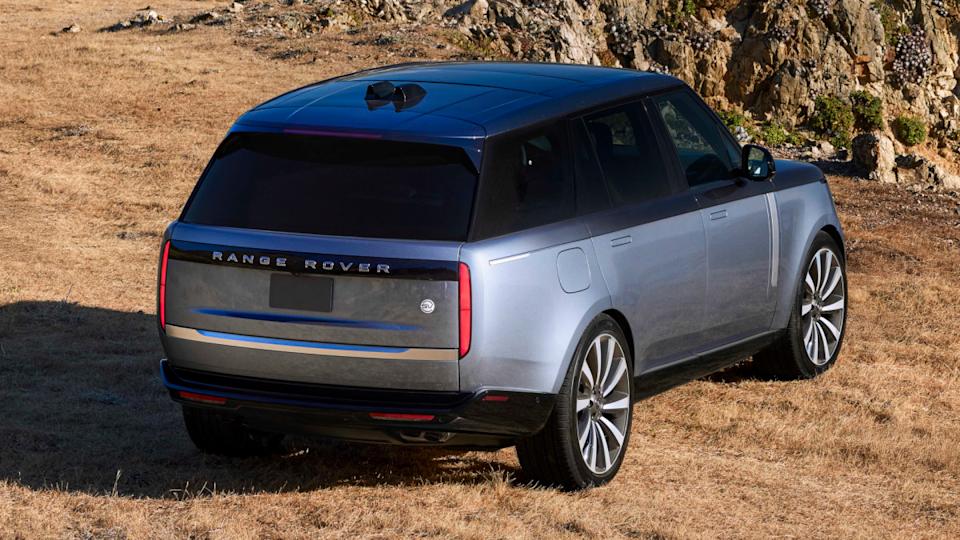

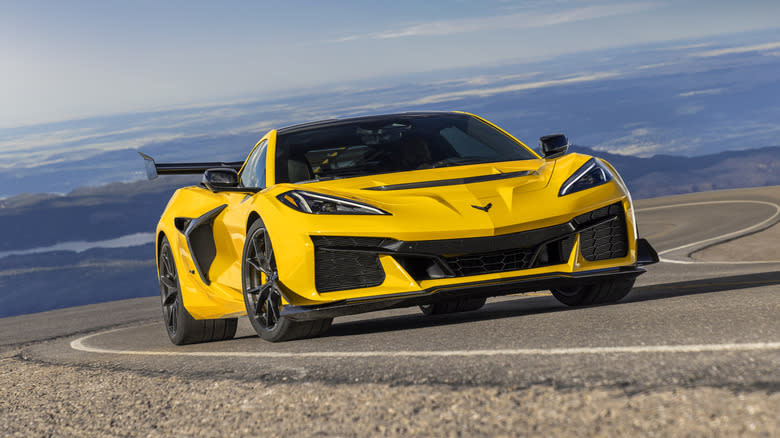
Comments